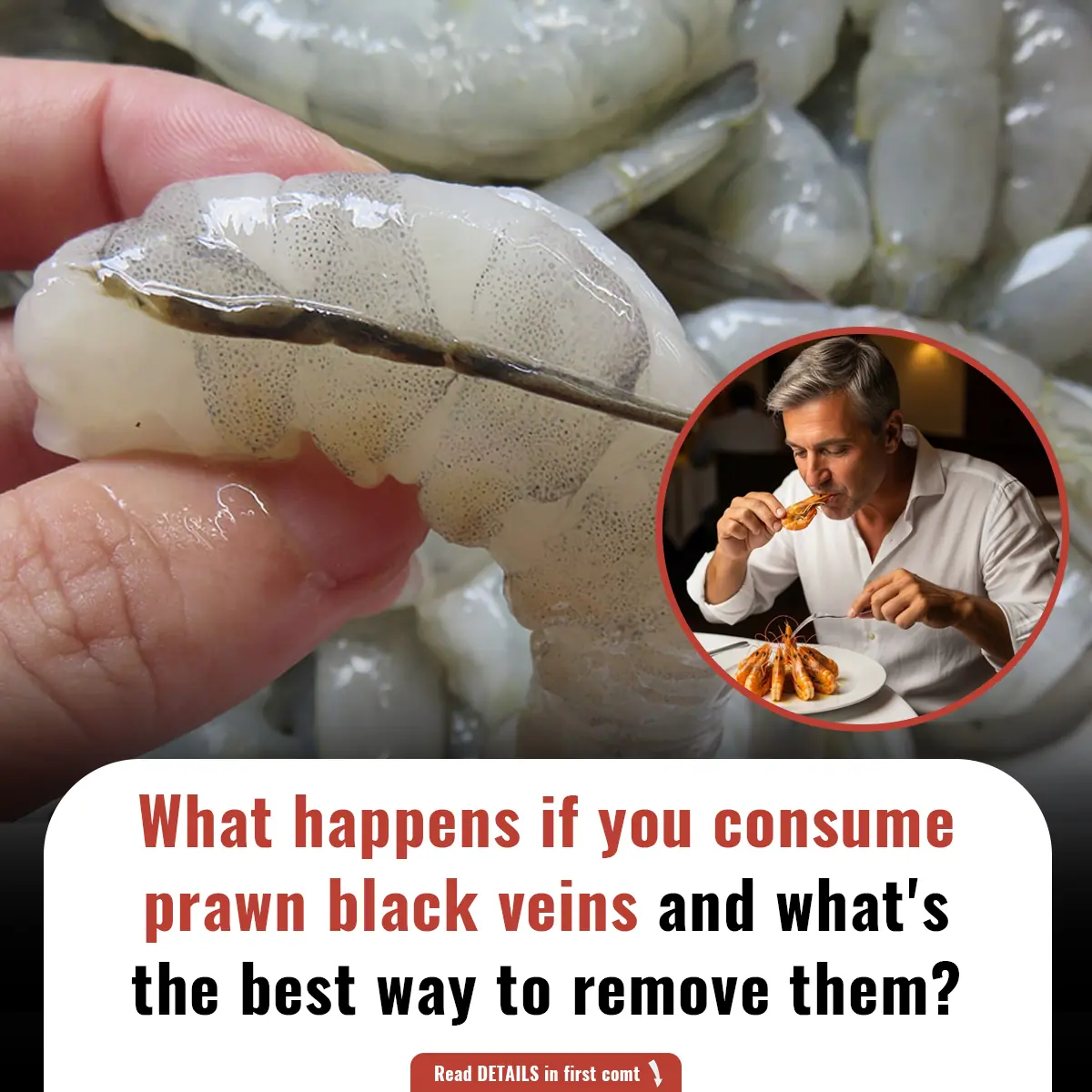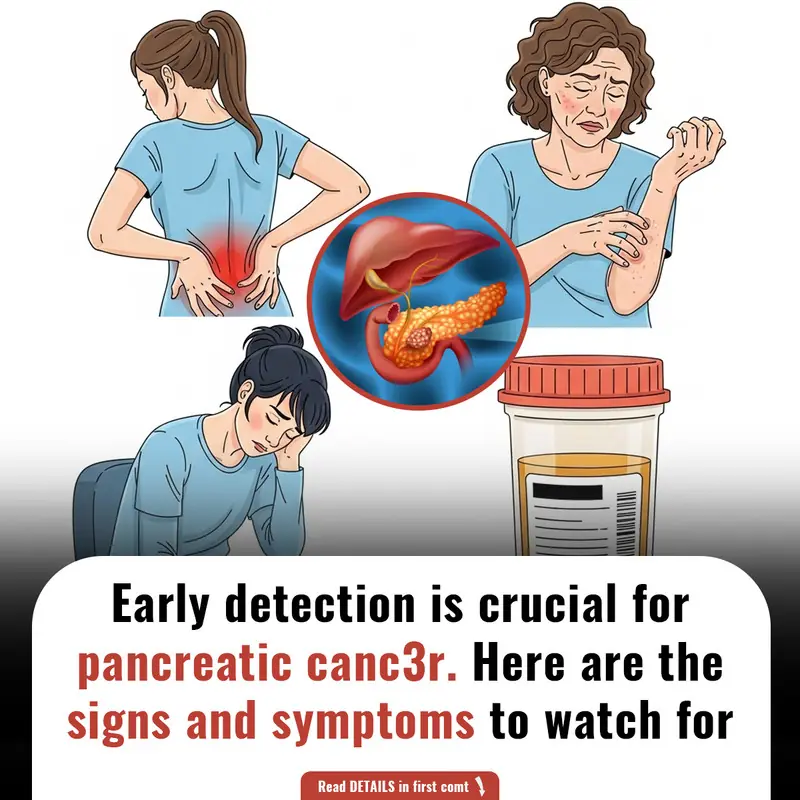
Silent Refrigerator Menace: Man Falls into Coma After Eating Forgotten Frozen Food

A man in his early fifties with preexisting diabetes and hypertension was rushed to hospital in China after suddenly developing a severe headache and high fever. Within hours, his condition deteriorated: confusion set in, his temperature peaked at 39 °C, and he slipped into a deep coma with compromised respiratory function. Initial examinations suggested bacterial meningitis, but further tests and family interviews prompted doctors to suspect Listeria monocytogenes infection—often dubbed the “fridge killer.”
Upon learning the patient had consumed a frozen food item stored for an extended period in his home refrigerator, medical staff confirmed Listeria infection. After seven days of intensive neurological and infectious-disease treatment, the patient was taken off ventilatory support and transferred to the general neurology ward for further rehabilitation.
What Is Listeria and Why It Thrives in Your Fridge
Listeria monocytogenes is a hardy bacterium capable of growing at temperatures between 0 °C and 4 °C—and can even survive at −20 °C for up to a year, making it uniquely suited to cold environments. Unlike most pathogens, refrigeration and freezing do not halt its growth; they merely slow it down. Because it multiplies at typical household refrigerator temperatures, Listeria is sometimes called the “refrigerator killer.”
Global Impact and High-Risk Groups
-
Incidence and Mortality: In the United States alone, approximately 1,600 people contract listeriosis each year, resulting in around 260 deaths—the third leading cause of death from foodborne illness in that country.
-
Vulnerable Populations: Pregnant women, newborns, the elderly, and those with weakened immune systems (e.g., diabetics, cancer patients) face the highest risk of severe or fatal infection.
-
Global Burden: Worldwide, listeriosis accounted for an estimated 23,150 illnesses and 5,463 deaths in 2010, with the highest burden in perinatal cases (20.7%).
Common Listeria-Prone Foods
Ready-to-eat (RTE) and refrigerated products are particularly susceptible to Listeria contamination:
-
Deli meats and spreads, including pâté and meat spreads in airtight containers
-
Soft cheeses made from unpasteurized milk
-
Smoked seafood (e.g., lox, kippered salmon)
-
Pre-washed, packaged salads and sprouts
-
Leftover refrigerated meals stored beyond recommended times
Because Listeria can grow at refrigerator temperatures, leftover meals—even those cooked to safe temperatures—may become dangerous if stored too long.
Refrigerator Temperature: Are Yours Safe?
A recent European study found that the average household refrigerator runs at 6.4 °C (43.5 °F), well above the recommended maximum of 4 °C (40 °F), allowing Listeria to multiply more rapidly.
Tip: Use a dedicated appliance thermometer to ensure your fridge stays at or below 4 °C (40 °F) and your freezer at or below −18 °C (0 °F). Even a small lapse can let Listeria double in number in mere hours.
Five Essential Steps to Prevent Listeria Infection
-
Maintain Proper Refrigerator Temperatures
-
Keep your fridge at ≤ 4 °C (40 °F) and freezer at ≤ −18 °C (0 °F).
-
Consider placing a thermometer near the door, where temperatures often fluctuate most.
-
-
Clean and Sanitize Regularly
-
Wash hands with soap for at least 20 seconds before handling food.
-
Clean shelves, drawers, and containers weekly; wipe up spills immediately to prevent cross-contamination.
-
Use paper towels or clean cloths washed in a hot-water cycle.
-
-
Separate Raw and Cooked Foods
-
Store raw meats, poultry, and seafood below RTE foods to prevent drips.
-
Use color-coded cutting boards and utensils for raw vs. cooked items.
-
-
Heat Leftovers Thoroughly
-
Reheat refrigerated foods to a minimum internal temperature of 70 °C (158 °F) before eating to kill residual Listeria.
-
Discard leftovers kept beyond four days, regardless of appearance or smell.
-
-
Be Cautious with High-Risk Foods
-
Avoid unpasteurized dairy products and deli meats if you are pregnant, elderly, or immunocompromised.
-
If consuming smoked fish or RTE salads, eat them promptly—ideally within 24 hours of opening.
-
Additional Protective Measures and Innovations
-
Vacuum-Sealing Short-Term Storage: Food safety experts suggest vacuum-sealing cooked meals before refrigeration can limit exposure to Listeria spores.
-
Activated Charcoal Liners: Some advanced fridge liners incorporate antimicrobial charcoal to reduce bacterial growth—an emerging technology in appliance design.
-
UV-C Light Strips: Retail refrigerators increasingly use UV-C lighting to sanitize surfaces; home units with built-in UV modules are now available.
All added technological recommendations are sourced from appliance manufacturers’ safety guidelines and peer-reviewed engineering analyses.
Recognizing Listeriosis: Symptoms and When to Seek Help
Early warning signs may mimic common flu or food-poisoning symptoms, but rapid progression is characteristic:
-
Fever, chills, muscle aches
-
Headache and confusion
-
Gastrointestinal symptoms: nausea, diarrhea
-
In severe cases, stiff neck, convulsions, and coma
If you experience persistent fever or neurological symptoms after consuming refrigerated foods, seek medical attention immediately.
Conclusion: Vigilance Saves Lives
This alarming case reminds us that our refrigerators—if not properly managed—can harbor deadly pathogens. Listeria’s unique ability to thrive in cold environments makes it a persistent threat in homes worldwide. By maintaining safe temperatures, practicing rigorous hygiene, and respecting storage timelines, you can dramatically reduce your risk of listeriosis and protect the most vulnerable among us.
News in the same category


How to Choose the Sweetest Pineapple: Long Leaves or Short?

8 Simple Yet Highly Effective Tips to Stop Snoring

Is It Necessary to Unplug Your Washing Machine After Use

The Hidden Costs of Frost Accumulation in Your Refrigerator: Understanding the Energy Drai

🍎 Why Do Imported Apples Stay Fresh for a Month Without Spoiling?

Top 3 Seat Positions with the Highest Survival Rates in Aviation Emergencie

Simple Finger Test Could Reveal Early Signs of Lung C@ncer and Other Health Issues
A simple finger test, known as the Schamroth window test, can help detect signs of lung c@ncer and other health conditions, including heart problems. Learn how to perform this easy test at home.

Start Your Day Right: 5 Foods That Safeguard Your Kidneys and Reduce Uric Acid

The Ultimate Health Blend: Honey, Cinnamon, Turmeric, Apple Cider Vinegar, and Chia Seeds for Better Health
Discover the powerful benefits of honey, cinnamon, turmeric, apple cider vinegar, and chia seeds. Learn how this natural blend can improve digestion, stabilize blood sugar, and enhance bone and heart health.

Revolutionary C@ncer Treatment: Doctors Target Tumors Without Chemotherapy

Why Your Underwear Gets Bleach-Like Stains: Gynecologist Explains the Causes and What It Means for Your Health
Discover why your underwear may have bleach-like stains and why it's completely normal. A gynecologist explains the role of vag!nal discharge and how it can affect your underwear fabric. Learn when to be concerned and how to maintain vag!nal health.

12 Effective Ways to Remove a Wart on Your Finger
Discover effective methods for removing warts on your fingers, from at-home remedies like salicylic acid and duct tape to professional treatments. Learn how to identify, treat, and prevent warts with expert advice.

5 Household Items That Harbor Formaldehyde: Hidden Cancer Risks Lurking in Your Home

Air Conditioner Efficiency: Continuous Use vs. Frequent Switching

What Homebuyers Need to Know: 5 Locations to Avoid When Buying Property

Don't plant these 5 trees indoors: The more they thrive the more they're believe to drain human energy, attracting constant bad luck

Snakes are incredibly attracted to these three plants: If you want to ensure your home is safe, you should clear them away without delay

What happens if you consume prawn black veins and what's the best way to remove them?

Silent Signals: Recognizing the Subtle Symptoms of Pancreatic C@ncer
News Post

Eating While Screen-Obsessed? Here Are 4 Hidden Health Risks You’re Ignoring

Should You Stay or Let Go? How I Realized I Wasn't His First Choice
A heartfelt and emotional journey of love, heartbreak, and self-discovery. When your partner is still hung up on their ex, is it worth fighting for the relationship? Discover the painful truth behind choosing yourself over unrequited love.

Vaseline and Coffee: The Ultimate DIY Skincare Duo to Achieve Wrinkle-Free Skin Naturally
By incorporating these ingredients into your skincare routine through DIY masks and scrubs, you can rejuvenate your skin, reduce the appearance of wrinkles, and achieve a youthful, radiant complexion.

The Flowers that Kept Us Apart: A Love Story Decades in the Making
A woman embarks on a journey to find out the truth behind mysterious flowers sent to her every year, only to uncover a love story that had been hidden for 20 years.

I Found My Husband's Secret Conversations With Another Woman – And What He Told Me Br0ke My Heart
A wife discovers her husband's secret texts with a woman he met at a strip club. What seemed like innocent conversations quickly turns into an affair, and now she has to decide if she can ever trust him again.

Weight Loss Drink: Consume These 2 Herbal Drinks To Detox and Lose Weight Naturally
These two natural detox drinks-Spiced Lemon-Honey Drink and Cumin Water-are simple yet powerful remedies for boosting metabolism, improving digestion, and reducing belly fat.

How to Choose the Sweetest Pineapple: Long Leaves or Short?

Abandoned Child, Heartbre@king Note, and the Sh0cking Truth Behind a Family's Dark Secret
When a woman discovers an abandoned child with a mysterious note, she’s thrust into a tangled web of secrets, betrayal, and an inheritance that changes everything. Dive into this captivating story of hidden truths and the love that saves a life.

8 Simple Yet Highly Effective Tips to Stop Snoring

Is It Necessary to Unplug Your Washing Machine After Use

4 Natural Potato Remedies to Fade Dark Spots and Achieve Even Skin Tone
Potatoes are a natural and effective solution for treating dark spots, pigmentation, and uneven skin tone.

The Hidden Costs of Frost Accumulation in Your Refrigerator: Understanding the Energy Drai

Homemade Vitamin C Serum: DIY Recipe for Clear, Glowing, and Ageless Skin
A homemade Vitamin C serum is a natural, affordable, and effective way to achieve radiant, youthful skin.

🍎 Why Do Imported Apples Stay Fresh for a Month Without Spoiling?

The Story of Hannelore Kaufmann: A Child’s Innocence and the Red Tricycle Lost in Time
Hannelore Kaufmann, a young girl from Berlin, lived a life full of joy and innocence before the horrors of war stole everything. Her story is a poignant reminder of the children lost in the Holocaust, their laughter, dreams, and lives taken too soon.

Top 3 Seat Positions with the Highest Survival Rates in Aviation Emergencie

The Miraculous Survival of Vesna Vulović: The Highest Fall Without a Parachute
On January 26, 1972, Vesna Vulović survived the world’s highest fall from an airplane, setting a Guinness World Record. Discover the extraordinary story of her survival and resilience.

From Orphanage Walls to Global Icon: The Unstoppable Rise of Coco Chanel
Discover the inspiring true story of Coco Chanel, the legendary fashion designer who, shaped by an orphanage childhood, defied expectations to revolutionize women's style and build an empire on her own terms.

A Joyful Reunion: Emma and Molly the Terrier’s Heartwarming Homecoming
Emma reunites with her lost terrier Molly, turning tears to joy. See their heartwarming story! ❤️🐶

Dr. Maria Montessori: The Woman Who Revolutionized Education and Healing
Long before holistic health became popular, Dr. Maria Montessori blended education, medicine, and emotional well-being, teaching us that true healing begins with connection and understanding.